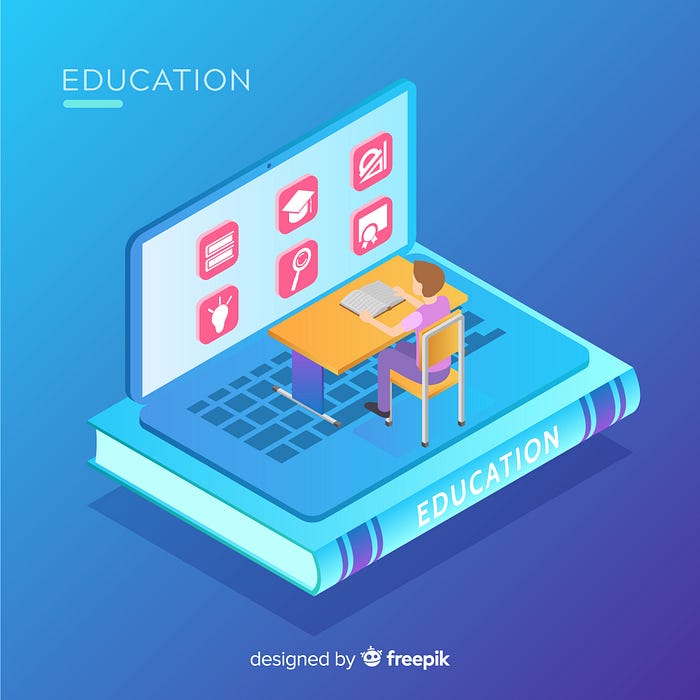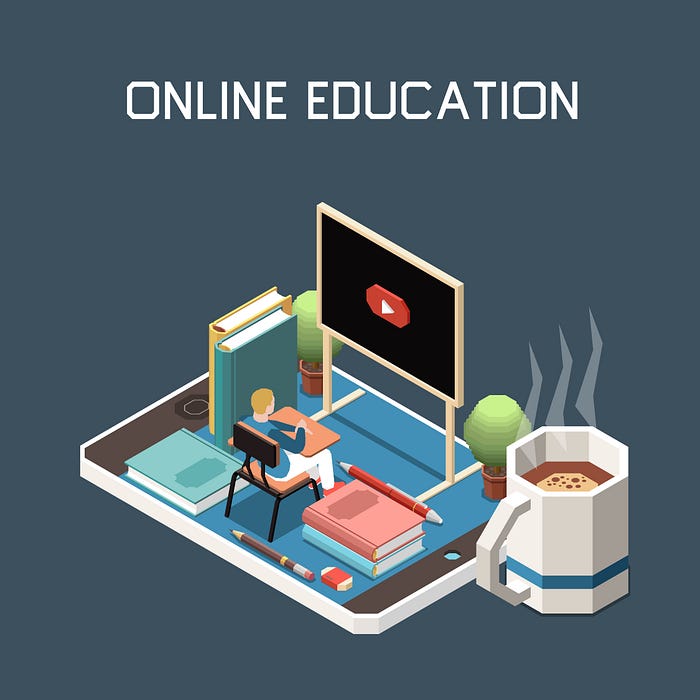E-learning for All: Ensuring Content Accessibility and Inclusion
 vinay Bommena
vinay Bommena
In the rapidly evolving digital age, e-learning has become a cornerstone of modern education. While it offers unparalleled flexibility and access, ensuring that e-learning content is accessible to all learners, including those with disabilities, is crucial for promoting digital inclusion. This article explores the importance of e-learning content accessibility, the principles of digital inclusion, challenges faced, and best practices for creating accessible e-learning environments.

Understanding E-learning Content Accessibility
E-learning content accessibility refers to the design and delivery of online educational materials in a way that can be used by all learners, regardless of their physical, sensory, or cognitive abilities. Accessibility ensures that learners with disabilities can perceive, understand, navigate, and interact with the content effectively.
The Importance of Digital Inclusion
Digital inclusion means ensuring that all individuals, including those with disabilities, have equal access to digital tools, resources, and opportunities. In the context of e-learning, digital inclusion ensures that:
Equitable Learning Opportunities: All learners, regardless of their abilities, have the same opportunities to access and benefit from educational content.
Compliance with Legal Standards: Many countries have regulations, such as the Americans with Disabilities Act (ADA) in the United States, mandating accessibility in digital content.
Enhanced Learning Experience: Accessible content improves the overall learning experience for everyone, including those without disabilities.
Principles of Accessible E-learning Content
Perceivable: Information and user interface components must be presentable to users in ways they can perceive. This includes providing text alternatives for non-text content and creating content that can be presented in different ways.
Operable: User interface components and navigation must be operable. This involves ensuring that all functionalities are available from a keyboard and giving users enough time to read and use the content.
Understandable: Information and the operation of the user interface must be understandable. This includes making text readable and predictable and providing input assistance when needed.
Robust: Content must be robust enough to be interpreted reliably by a wide variety of user agents, including assistive technologies.
Challenges in E-learning Accessibility
Despite its importance, achieving full accessibility in e-learning content presents several challenges:
Technical Barriers: Developing accessible e-learning content requires knowledge of both accessibility standards and the technical skills to implement them.
Lack of Awareness: Educators and content creators may not be fully aware of accessibility needs and standards.
Resource Constraints: Creating accessible content can require additional time, effort, and resources, which may be limited in educational institutions or organizations.
Diverse Needs: Disabilities vary widely, requiring a range of accommodations and adaptive technologies.

Best Practices for Accessible E-learning Content
Use Clear and Simple Language: Ensure that content is written clearly and concisely to accommodate learners with cognitive disabilities.
Provide Text Alternatives: Offer text descriptions for images, videos, and other non-text content to aid learners who are visually impaired.
Ensure Keyboard Accessibility: Make sure all interactive elements can be accessed and operated using a keyboard.
Incorporate Captions and Transcripts: Add captions to videos and provide transcripts for audio content to support learners with hearing impairments.
Design for Screen Readers: Structure content using headings, lists, and proper semantic elements to be easily navigable by screen readers.
Test for Accessibility: Regularly test e-learning content using accessibility evaluation tools and involve users with disabilities in the testing process.
Future Trends in Digital Inclusion
The future of digital inclusion in e-learning looks promising with the advent of new technologies:
Artificial Intelligence (AI): AI can enhance accessibility by providing personalized learning experiences and real-time assistance to learners with disabilities.
Virtual Reality (VR) and Augmented Reality (AR): These technologies offer immersive learning experiences that can be tailored to accommodate various disabilities.
Enhanced Assistive Technologies: Advances in assistive technologies, such as more sophisticated screen readers and eye-tracking software, will continue to support learners with disabilities.

Conclusion
E-learning content accessibility and digital inclusion are vital for ensuring that all learners have equal opportunities to benefit from online education. By adhering to accessibility principles and best practices, educators and content creators can overcome challenges and create inclusive e-learning environments. As technology continues to advance, the potential for enhancing digital inclusion in education will grow, leading to more equitable and effective learning experiences for everyone.
Subscribe to my newsletter
Read articles from vinay Bommena directly inside your inbox. Subscribe to the newsletter, and don't miss out.
Written by
